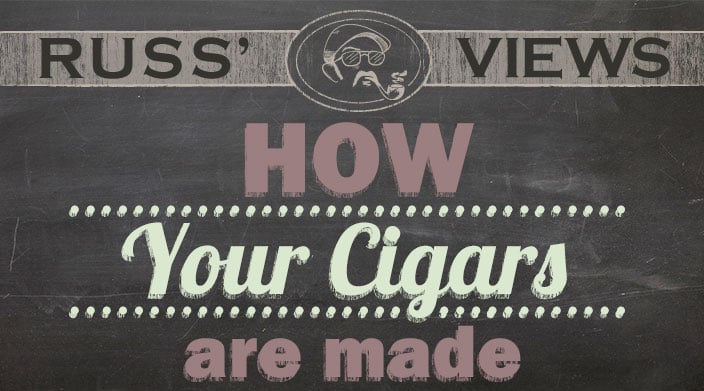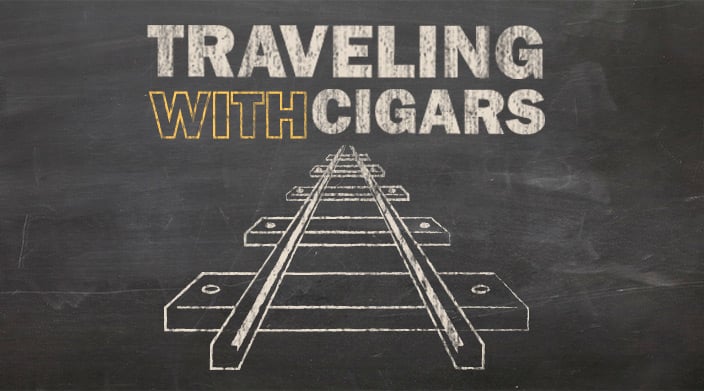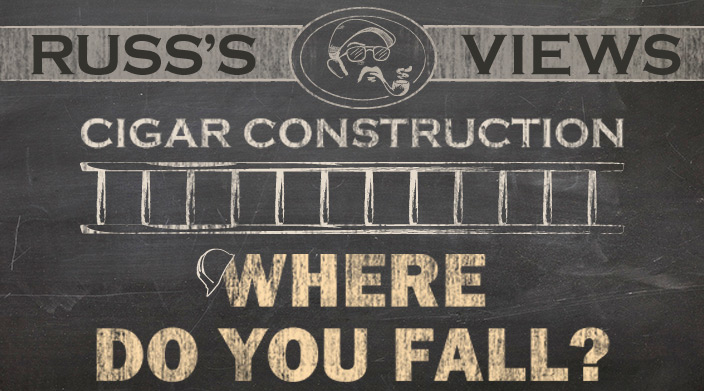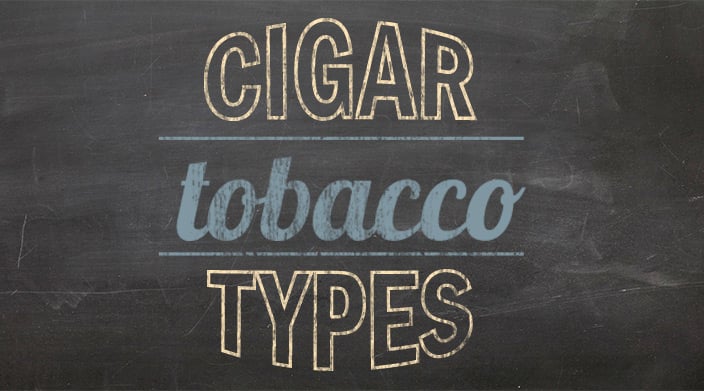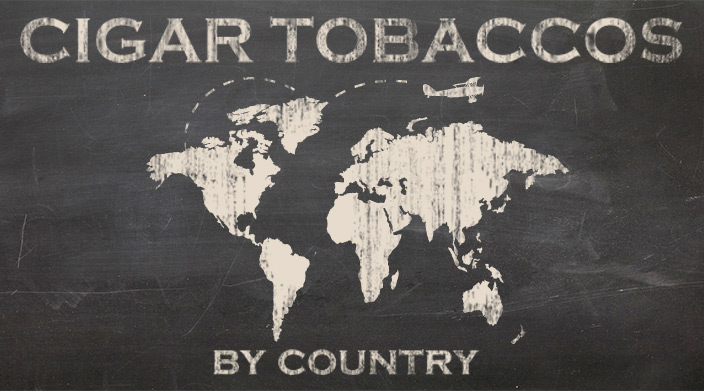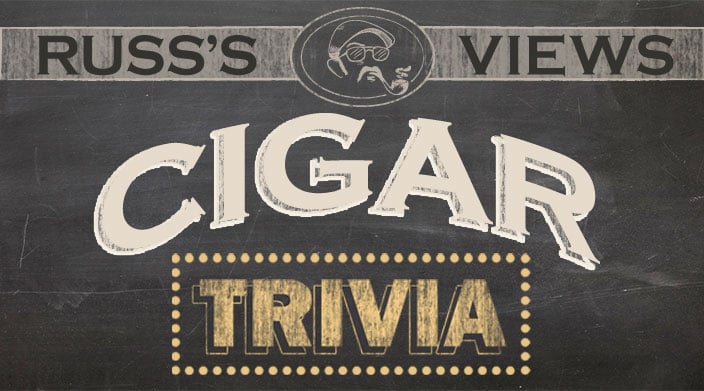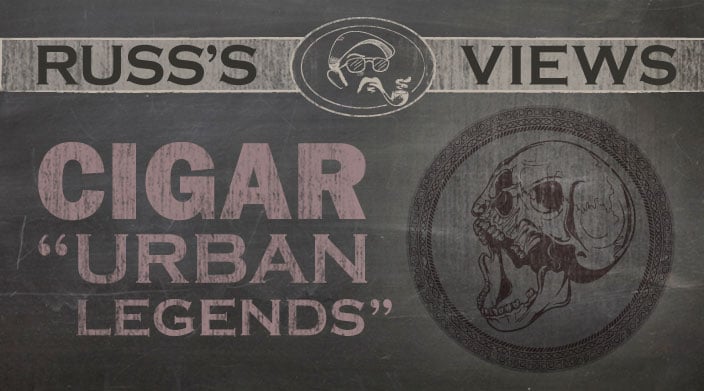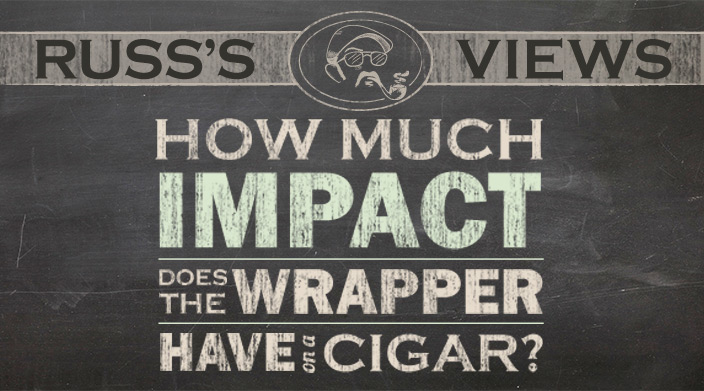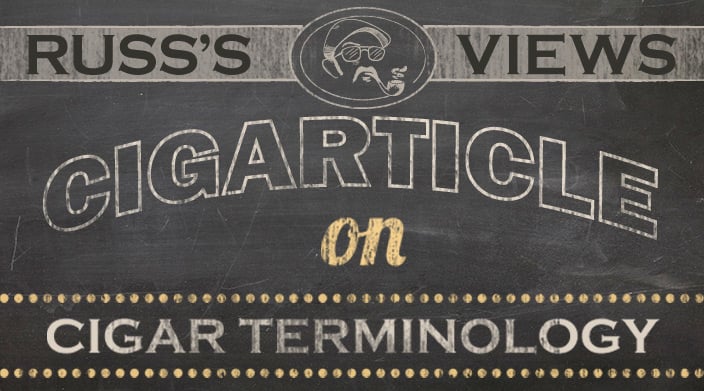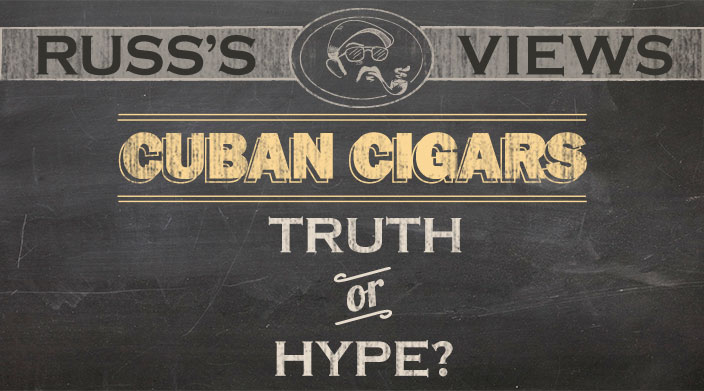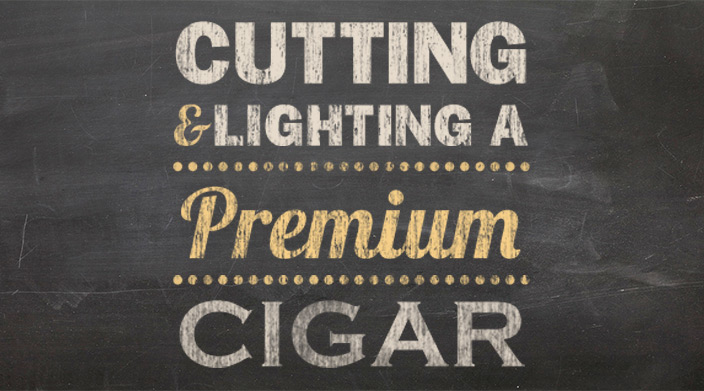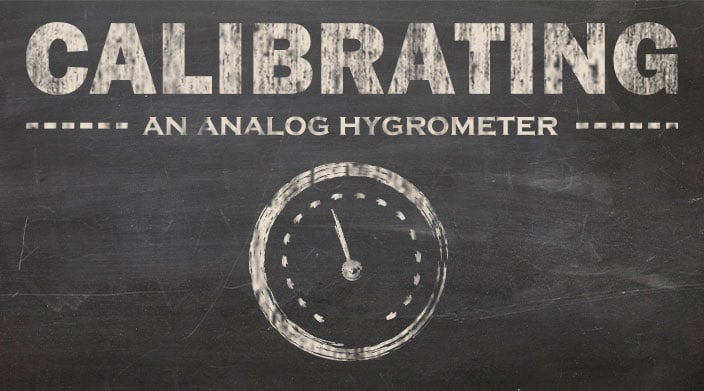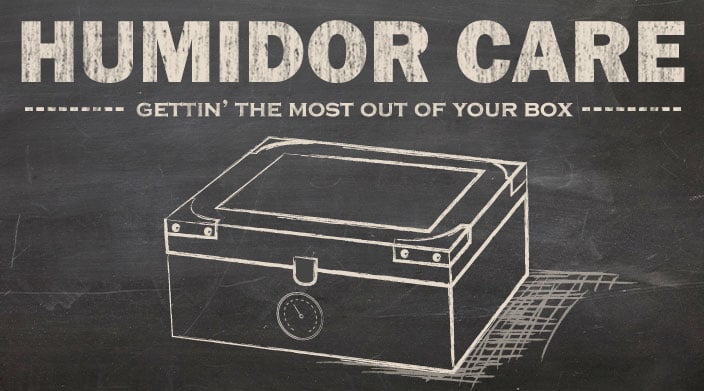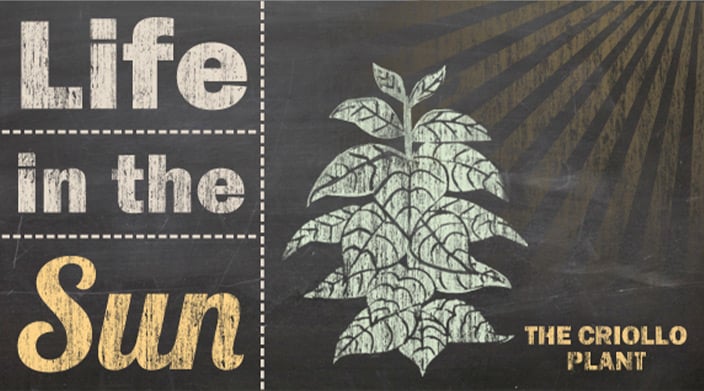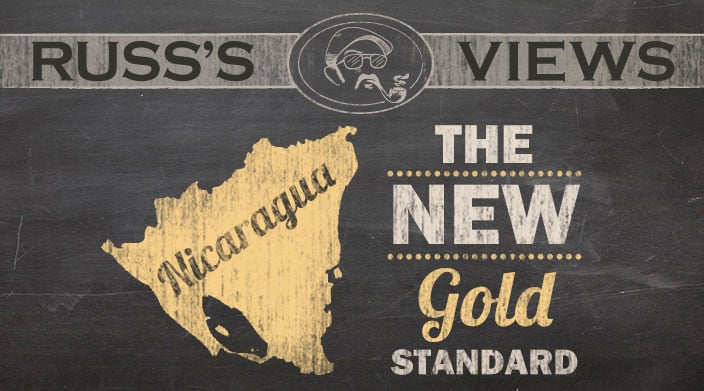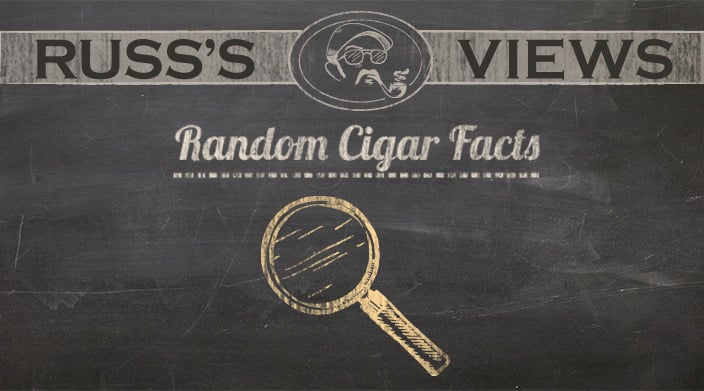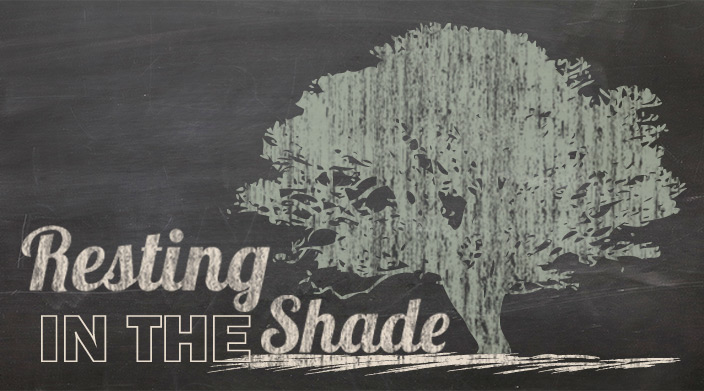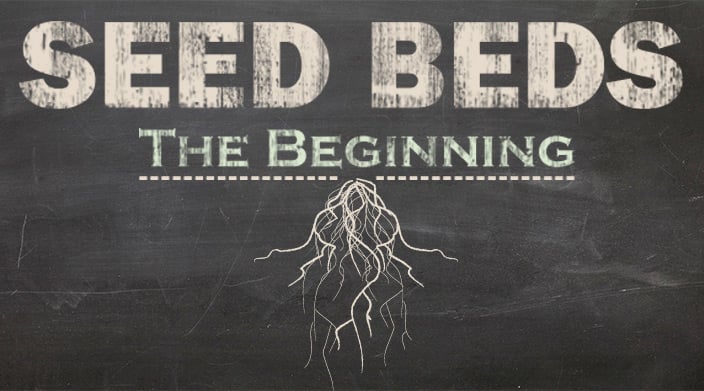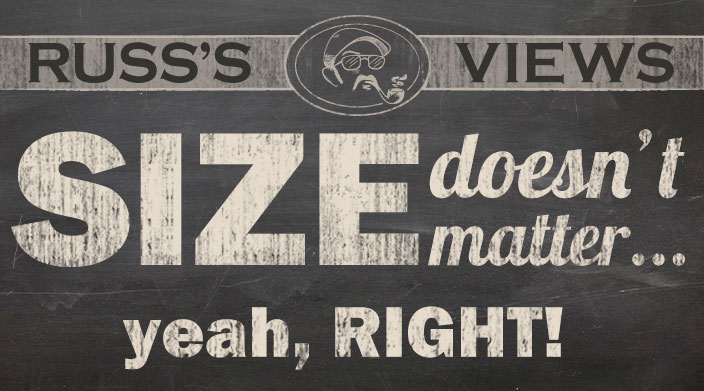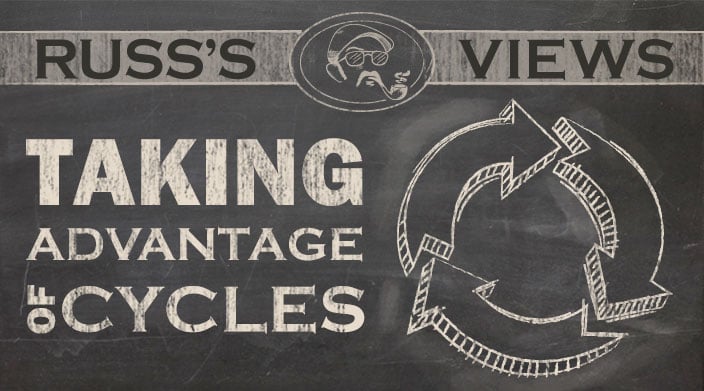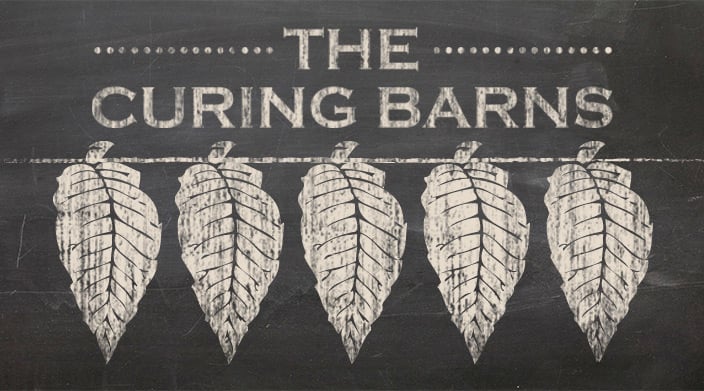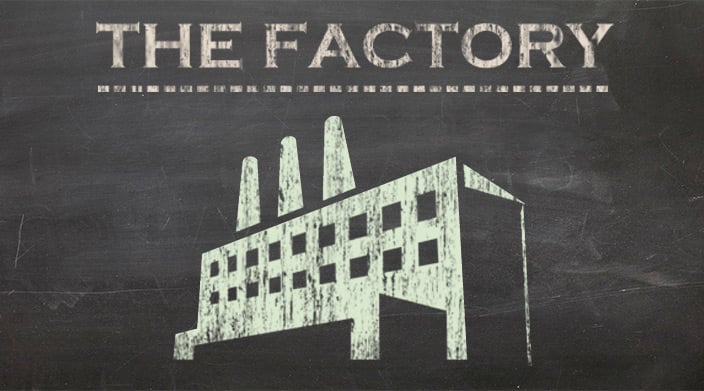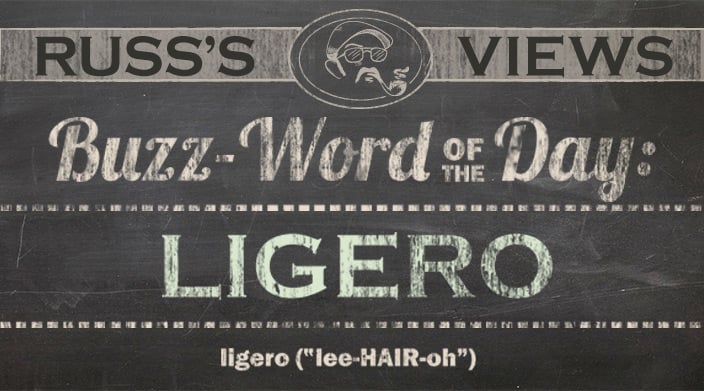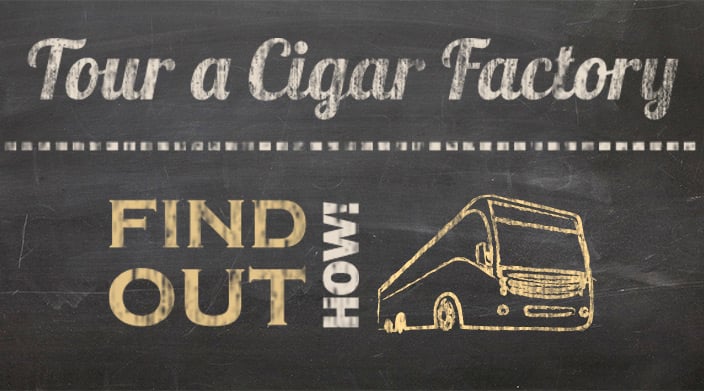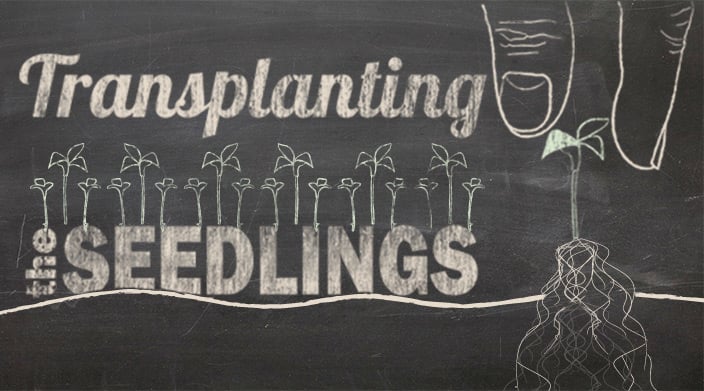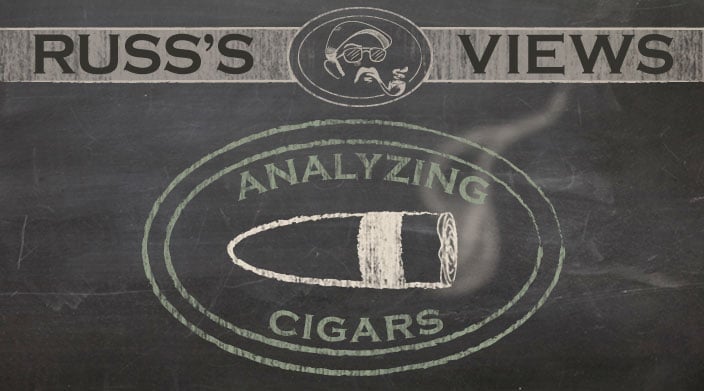If people knew how much time and effort goes into each hand-rolled cigar they smoke, there would be a lot less angst over the cost of a stogie. If you look at it, it’s much like getting a meal at a fine restaurant. A lot of ingredients need to be brought to market and then skillfully prepared for the consumer. So let’s look at how a cigar comes into being.
If people knew how much time and effort goes into each hand-rolled cigar they smoke, there would be a lot less angst over the cost of a stogie. If you look at it, it’s much like getting a meal at a fine restaurant. A lot of ingredients need to be brought to market and then skillfully prepared for the consumer. So let’s look at how a cigar comes into being.
We start with seeds…very tiny seeds, smaller than the head of a pin. They’re planted in trays of soil to sprout before transplanting to the field. Once they’re large enough to be viable outdoors, they’re planted in fields of rich soil. All during the time that these plants are growing from a couple of inches tall to six feet or more, the soil has to be tended, irrigated, fertilized, weeded, and more. Most of the plants are “topped,” meaning that their buds have been cut off to allow the nutrients to go to the leaves, rather than being used to cause the plant to produce flowers and seeds. A handful of the stalks are allowed to flower so there will be seeds for the next crop, hence the term “gone to seed.”
Once they’ve reached the proper height, the leaves of each stalk are harvested, usually using a method called priming, removing one row of leaves at a time, starting from the bottom of the plant. This process takes weeks, and as the lower leaves are removed, the nutrients taken in from the soil and water become more concentrated in the upper leaves. This is why the top leaves of the plant are the strongest.
Once the leaves are harvested, they must be dried so they don’t mold and rot. Once dried, they are bundled or put in bales or “bulks,” and the fermentation can begin. Using the natural properties of vegetable matter, when the moistened piles are built up high enough, fermentation begins, and there is a significant change in the leaf. The temperature in the bulk goes up, and the level determines whether the leaves will be light colored or dark, mellow, or full-flavored. After the tobacco has had sufficient time in fermentation, it is ready to be made into cigars.
First, the leaves are sorted by color, strength, and type. Then they are “ribbed,” meaning that the large center vein of the leaf is stripped out. The resulting leaf is sometimes referred to as “frog’s legs” as there are two flaps after removing the vein.
After deciding whether the individual pieces will be used for filler, binder, or wrapper, the actual process of making the cigar begins. The filler tobacco is assembled by a “bunchero” who organizes the leaves, and putting together the filler definitely is not just grabbing a handful of tobacco and shaping it into a cigar shape. It’s very important that the leaves be arranged to allow for good air flow, but it’s almost as important to make sure that the ligero (the strongest leaves) that is used in the filler is centered in the group of leaves. This is done because the ligero, being sappier than the other leaves, burns slower. This is why a good cigar will have a cone-shaped “cherry” when the ash is flicked off, as the center leaf will burn more slowly.
Once the filler is selected and roughly shaped, it is surrounded by the binder, which contains the filler during the molding process. The filler with the binder applied is called a “bunch,” and upon securing the binder, the bunches are put into the slots of a mold, which are in the shape of variously sized cigars. The molds are then transferred to a press, which puts pressure on the bunches so they will keep the shape of the interior of the mold. After a while, the bunches are rotated, and the pressure is reapplied so the integrity of the shape is assured.
When the bunches have spent enough time in the press, the molds are removed and cracked open and then removed. In the meantime, the rollers gather together the tobacco they will be using on the cigars for that day. They stack the tobacco and go about getting the tobacco to the proper moisture level by misting the leaves with a spray bottle, or by putting them between dampened cloths. When they’ve reached the proper flexibility and elasticity, the rolling begins.
The torcedor will lay out half a leaf, and will trim the piece into a shape specific to the type of cigar being made using a curved knife without a handle called a chaveta. The foot end of the bunch is set down on the wrapper and the helical enrobing of the cigar begins. Taking care to make sure that the wrapper is applied firmly enough, the roller has to be very careful not to split the leaf. When the torcedor nears the head end, he or she will use the chaveta to cut a flap that will be folded over the top of the head. This first layer of the cap is called a “flag.” Then, one or two circular pieces are cut out of the leftover wrapper leaf, which are glued over the flag, which has already been affixed to the head of the bunch. The almost completed cigar is then put into a cutter which will trim it to length.
The band is then put on the cigar, and the assembled sticks are sorted by color. Once separated, the cigars are bundled and go to aging, where they will be kept until they’re ready for packaging; typically 90 days or more. When they’re finished in the cedar room, the cigars get cellophane applied (unless shipped nude), and are matched more closely for color. The cigars are arranged in their boxes, and then the boxes are sealed, wrapped, and put into storage until picked to fill an outgoing order.
This whole process typically takes a minimum of three years, and in that time, hundreds of hands will be involved in the making of every single cigar. So when you feel that your cigar should be less expensive, just look at everything that goes into it.




